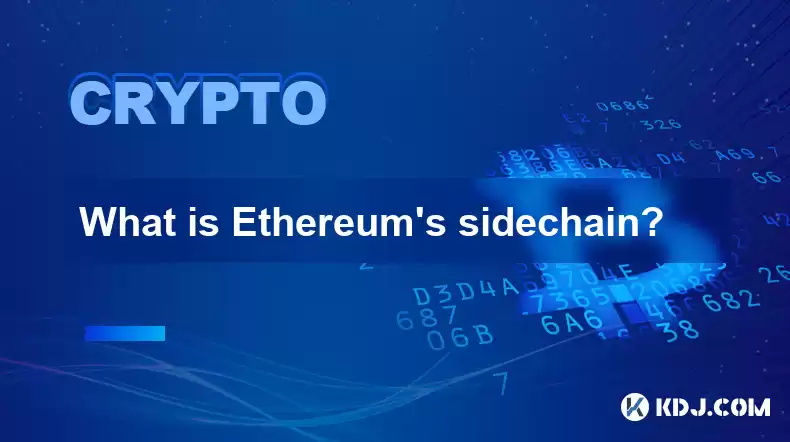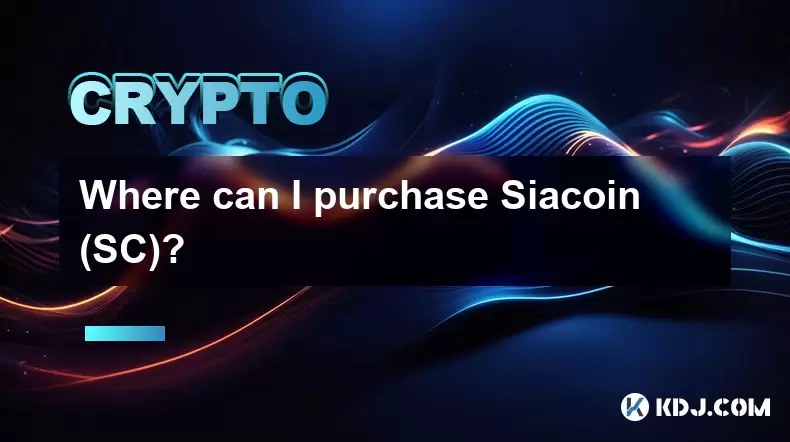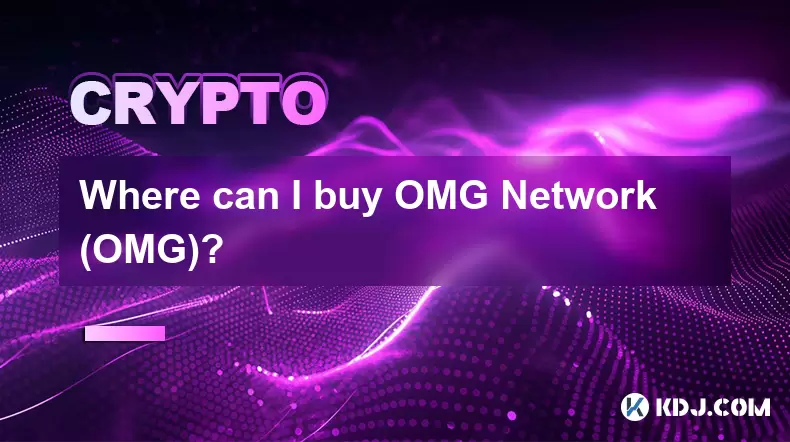-
 Bitcoin
Bitcoin $116700
0.24% -
 Ethereum
Ethereum $3973
4.34% -
 XRP
XRP $3.283
7.68% -
 Tether USDt
Tether USDt $1.000
0.01% -
 BNB
BNB $789.8
2.27% -
 Solana
Solana $176.2
3.31% -
 USDC
USDC $0.9999
0.00% -
 Dogecoin
Dogecoin $0.2238
5.14% -
 TRON
TRON $0.3389
-0.51% -
 Cardano
Cardano $0.7907
4.03% -
 Stellar
Stellar $0.4527
10.02% -
 Hyperliquid
Hyperliquid $41.07
4.27% -
 Sui
Sui $3.794
1.77% -
 Chainlink
Chainlink $19.49
10.40% -
 Bitcoin Cash
Bitcoin Cash $580.9
0.74% -
 Hedera
Hedera $0.2617
4.32% -
 Avalanche
Avalanche $23.41
3.67% -
 Ethena USDe
Ethena USDe $1.001
-0.03% -
 Litecoin
Litecoin $122.4
1.38% -
 Toncoin
Toncoin $3.364
1.49% -
 UNUS SED LEO
UNUS SED LEO $8.988
0.37% -
 Shiba Inu
Shiba Inu $0.00001295
2.82% -
 Uniswap
Uniswap $10.62
5.75% -
 Polkadot
Polkadot $3.922
4.46% -
 Dai
Dai $1.000
0.01% -
 Bitget Token
Bitget Token $4.494
2.15% -
 Monero
Monero $268.0
-1.30% -
 Cronos
Cronos $0.1523
3.68% -
 Pepe
Pepe $0.00001127
4.43% -
 Aave
Aave $285.4
4.85%
What is Ethereum's sidechain?
"Ethereum sidechains, connected to the mainnet via two-way pegs, offer enhanced scalability, cost efficiency, and customized features for specialized applications and use cases."
Feb 18, 2025 at 08:36 pm

Key Points:
- Overview of Ethereum Sidechains
- Different Types of Ethereum Sidechains
- Advantages of Using Ethereum Sidechains
- Security Considerations for Ethereum Sidechains
- Real-World Applications of Ethereum Sidechains
Overview of Ethereum Sidechains
Ethereum sidechains are blockchain networks that run parallel to the Ethereum mainnet. They are connected to the Ethereum mainnet through a two-way peg, allowing for the seamless transfer of assets between the sidechain and the mainnet. Sidechains provide various benefits, such as scalability, cost efficiency, and the ability to implement custom rules and features.
Different Types of Ethereum Sidechains
- Federated Sidechains: Governed by a consortium of pre-selected entities, providing high throughput and security.
- Permissioned Sidechains: Controlled by a trusted central authority, suitable for private or consortium-based applications.
- Permissionless Sidechains: Open to anyone, allowing for decentralized governance and community participation.
- Hybrid Sidechains: Combine features of permissioned and permissionless sidechains, providing flexibility and customization options.
Advantages of Using Ethereum Sidechains
- Scalability: Sidechains offload transactions from the Ethereum mainnet, significantly increasing transaction capacity.
- Cost Efficiency: Transactions on sidechains typically have lower fees compared to the Ethereum mainnet.
- Customization: Sidechains allow for the implementation of custom rules and features, tailoring the blockchain to specific applications.
- Interoperability: Two-way pegs enable seamless transfer of assets between the sidechain and the Ethereum mainnet, fostering interoperability.
Security Considerations for Ethereum Sidechains
- Peg Security: The security of the peg is crucial to ensure the reliability of asset transfers between the sidechain and the mainnet.
- Consensus Mechanism: The consensus mechanism used by the sidechain plays a vital role in maintaining its security and resilience.
- Vulnerabilities in Sidechain Code: Flaws in the sidechain's code can introduce security risks, necessitating thorough audits.
- Cross-Chain Attacks: Potential vulnerabilities in the bridge connecting the sidechain and the mainnet can lead to cross-chain attacks.
Real-World Applications of Ethereum Sidechains
- DeFi: Sidechains enable the creation of highly scalable and cost-efficient DeFi applications, such as decentralized exchanges and lending platforms.
- Gaming: Sidechains provide a suitable environment for blockchain-based games, offering high throughput and low transaction fees.
- Supply Chain Management: Sidechains can enhance transparency and traceability in supply chains by securely tracking the movement of goods and services.
- Healthcare: Sidechains enable the development of secure and privacy-preserving healthcare applications, allowing for secure patient data management and efficient healthcare operations.
FAQs Related to Ethereum Sidechains
Q: What is the difference between a blockchain and a sidechain?
A: Blockchains are decentralized, tamper-proof ledgers, while sidechains are secondary blockchain networks that extend the functionality of an existing blockchain. Sidechains are connected to the main blockchain through a two-way peg.
Q: Can sidechains replace the Ethereum mainnet?
A: Sidechains are not intended to replace the Ethereum mainnet. Instead, they complement the mainnet by providing scalability, cost efficiency, and customization options for specific applications.
Q: How are assets transferred between Ethereum sidechains and the mainnet?
A: Assets are transferred through a two-way peg, ensuring secure and reliable movement of funds between the sidechain and the mainnet.
Disclaimer:info@kdj.com
The information provided is not trading advice. kdj.com does not assume any responsibility for any investments made based on the information provided in this article. Cryptocurrencies are highly volatile and it is highly recommended that you invest with caution after thorough research!
If you believe that the content used on this website infringes your copyright, please contact us immediately (info@kdj.com) and we will delete it promptly.
- Bitcoin, Litecoin, and Avalanche: Decoding the Crypto Buzz in the Big Apple
- 2025-08-09 00:30:12
- Pengu Takes Flight: Can This Solana Meme Coin Conquer the Top 3?
- 2025-08-09 00:50:13
- Coinbase's Big Bet: DEX Trading and the Everything App Vision
- 2025-08-09 01:30:12
- Ethereum and Shiba Inu: Navigating the Bull Move
- 2025-08-09 00:35:12
- Dogecoin, AI Coins, and CMC Listings: What's Hot and What's Not
- 2025-08-09 01:35:51
- Navigating the Crypto Market in 2025: Smart Decisions for Meme Coin Investing
- 2025-08-09 00:55:55
Related knowledge

Where can I buy UMA (UMA)?
Aug 07,2025 at 06:42pm
Understanding UMA and Its Role in Decentralized FinanceUMA (Universal Market Access) is an Ethereum-based decentralized finance (DeFi) protocol design...

Where can I purchase Siacoin (SC)?
Aug 08,2025 at 11:14am
Understanding Siacoin (SC) and Its Role in the Sia NetworkSiacoin (SC) is the native cryptocurrency of the Sia decentralized cloud storage platform, a...

Where can I buy OMG Network (OMG)?
Aug 08,2025 at 12:57pm
Understanding OMG Network (OMG) and Its PurposeThe OMG Network, originally known as OmiseGO, is a layer-2 scaling solution built on the Ethereum block...

What exchanges support buying IOTA (MIOTA)?
Aug 07,2025 at 09:58pm
Understanding the Role of Private Keys in Cryptocurrency SecurityIn the world of cryptocurrency, private keys are the cornerstone of ownership and con...

How to acquire Holo (HOT) tokens?
Aug 08,2025 at 05:56am
Understanding Holo (HOT) and Its EcosystemHolo (HOT) is a cryptocurrency token associated with the Holo ecosystem, which is built on the Holochain fra...

Where can I get Thorchain (RUNE)?
Aug 08,2025 at 08:07am
Understanding the Role of Seed Phrases in Cryptocurrency WalletsA seed phrase, also known as a recovery phrase or mnemonic phrase, is a critical compo...

Where can I buy UMA (UMA)?
Aug 07,2025 at 06:42pm
Understanding UMA and Its Role in Decentralized FinanceUMA (Universal Market Access) is an Ethereum-based decentralized finance (DeFi) protocol design...

Where can I purchase Siacoin (SC)?
Aug 08,2025 at 11:14am
Understanding Siacoin (SC) and Its Role in the Sia NetworkSiacoin (SC) is the native cryptocurrency of the Sia decentralized cloud storage platform, a...

Where can I buy OMG Network (OMG)?
Aug 08,2025 at 12:57pm
Understanding OMG Network (OMG) and Its PurposeThe OMG Network, originally known as OmiseGO, is a layer-2 scaling solution built on the Ethereum block...

What exchanges support buying IOTA (MIOTA)?
Aug 07,2025 at 09:58pm
Understanding the Role of Private Keys in Cryptocurrency SecurityIn the world of cryptocurrency, private keys are the cornerstone of ownership and con...

How to acquire Holo (HOT) tokens?
Aug 08,2025 at 05:56am
Understanding Holo (HOT) and Its EcosystemHolo (HOT) is a cryptocurrency token associated with the Holo ecosystem, which is built on the Holochain fra...

Where can I get Thorchain (RUNE)?
Aug 08,2025 at 08:07am
Understanding the Role of Seed Phrases in Cryptocurrency WalletsA seed phrase, also known as a recovery phrase or mnemonic phrase, is a critical compo...
See all articles

























































































